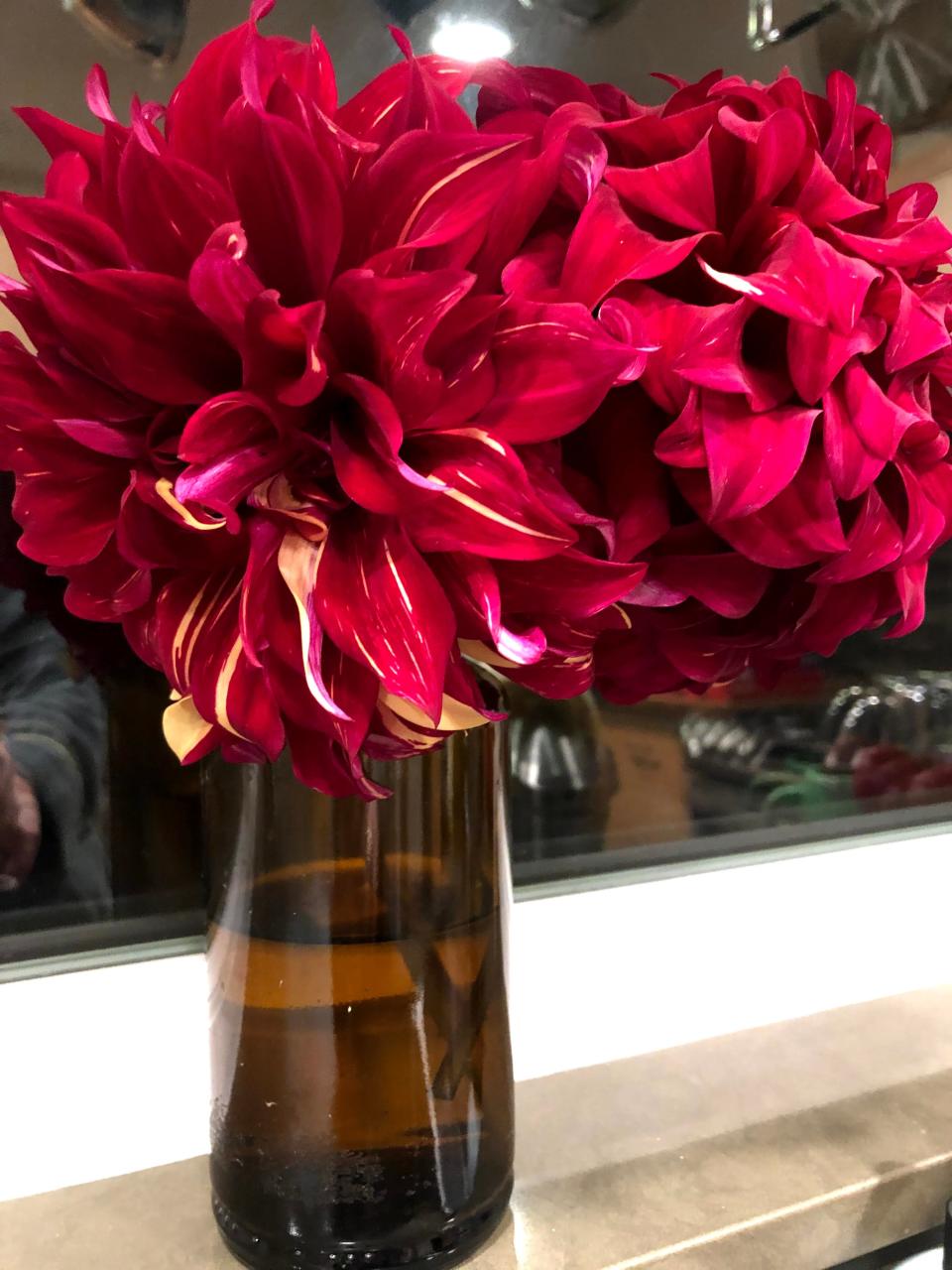Spring is in the air; get back to gardening with these plant bulbs
California is warming up in the lowlands and spring is in the air. It’s time to get back to gardening!
Here is a list of bulbs, tubers and rhizomes to plant in late February. The information comes from the Sacramento Bulb Planting Schedule. A printer friendly version can be found at https://bit.ly/41etqyr.
Amaryllis belladonna, “Naked lady” ‒ summer blooming bulb. February through mid-March is a good time to divide your Amaryllis, or naked lady, bulbs. Lift and divide clumps every few years, but be careful. They may not bloom if moved at the wrong time. Keep as much of root clump intact and plant about 1 foot apart. Make bulb’s planting depth even with or slightly above soil surface. They are native to southern Africa, have trumpet shaped fragrant flowers, and do well in areas with warm, dry summers. They get all the moisture they need from winter rains.
Zantedeschia, Calla (white) or (dwarf colored) ‒ spring, summer and fall blooming rhizome. Native to southern Africa, not a true lily, this rhizome can be planted October through April. They prefer light shade, needs year round moisture, and can also be grown in large pots. Planting depth for white calla is 4-6 inches deep, colored cannas 2 inches deep. Withhold water in late summer to encourage dormancy, then cut each stem to the ground after each bloom.
Canna, or canna lily ‒ summer and fall blooming rhizome. Not a true lily, these plants have flowers which range in color from pale-yellow, to orange, to blood red, and colors in between, with large 8-10 foot foliage, and grow best in full sun in your garden, or do well in a large pot. Cut each stem to the ground after each bloom. They can be dug up and divided in spring, or propagated by its seed in the fall. Planting depth is 2-4 inches, spaced 18-24 inches apart. They tend to be a thirsty plant and do best with regular watering.
Crocosmia ‒ spring and summer blooming corm. Good cut flower, plant corms 2 inches deep, 3 inches apart. Another native to southern Africa, related to freesia, small red, orange, or yellow flowers, which bloom in late spring or early summer. Divide only when the vigor of the plant begins to decline, and not when healthy.

Dahlia ‒ summer and fall blooming tuberous root. Plant tubers February through May, 3 inches deep, spacing small tubers 12-24 inches apart; large tubers 4-5 feet apart. Plant with eyes facing up and when staking tall varieties, be sure the “eye” just touches the stake.
Gladiolus ‒ spring, summer and fall blooming corm. A gardener’s and hummingbird favorite, multi-colored gladiolas trumpet-shaped blooms are fabulous. Plant corms at 1-2 week intervals for successive 4-6 week flowering period through late spring and early summer. Plant four times deeper than corm height. Small corms should be spaced 4 inches apart; large corms 6 inches apart. Corm clumps will naturalize easily and should be divided in the fall every few years.
Lily ‒ summer and fall blooming bulb. Plant in February through March, or September through October. Planting depth for small bulbs- 2-3 inches; medium bulbs 3-4 inches; 4-6 inches for a large bulb. Planting depth is 12 inches. Many species and hybrids are available with variable bloom times. Except for dry-summer natives, they need moisture all year.
Tigridia ‒ summer blooming bulb. Planting time for Tigridia, or tiger flower, is February. Beware, Gophers love to munch these tasty bulbs. Planting depth is 2-4 inches, spacing is 2-4 inches.
Tuberose ‒ summer and fall blooming rhizome. Plant February through April, 2 inches deep, spaced 2-6 inches apart. Originally native to Mexico, the intoxicating tuberose flowers bloom only at night, is often used as a note in perfumes. They need full sun, good mulch to keep their roots moist, and are moderate to heavy feeders. Divide every three to five years after the bloom has ended and the foliage starts to die back, but don’t pull out before the leaves die or the bulb will not have the stored nutrients to survive until the following spring.
Zephranthes, Zephyr flower or fairy lily bulbs ‒ flower in late summer and early fall, and can be planted anytime. White, sometimes stained pink in the throat, bright yellow, or rose pink varieties are available. Divide in fall after flowering.
Do you have a gardening related question? Contact the San Joaquin UC Master Gardeners at 209-953-6112. More information can also be found on our website ucanr.edu/sjmg.
This article originally appeared on The Record: Get back to gardening in February with plant bulbs, tubers, rhizomes

